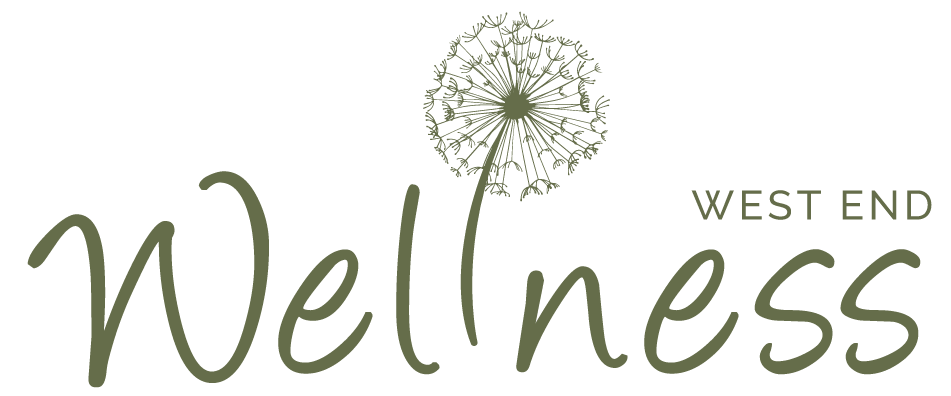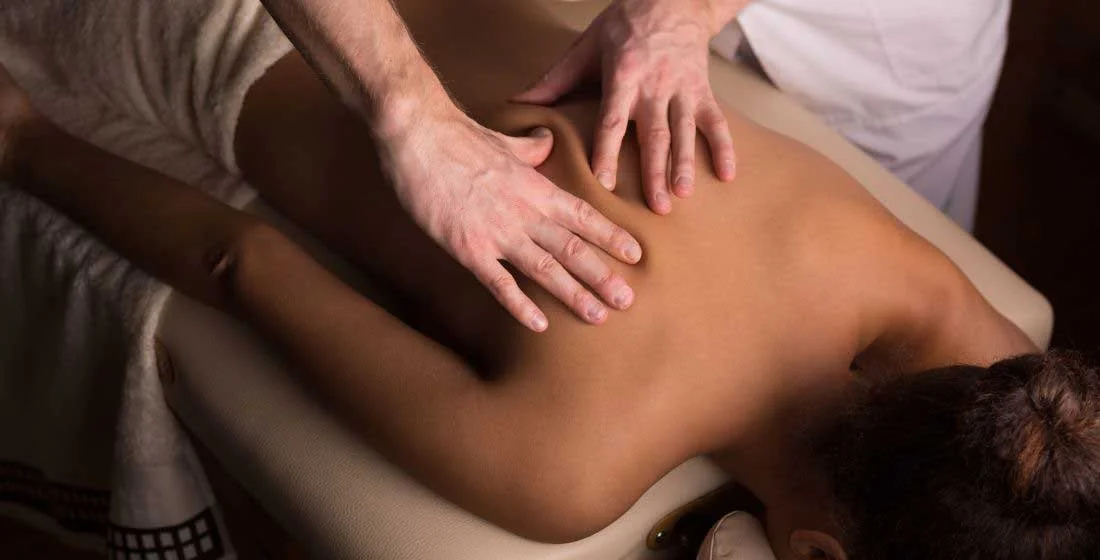Massage Therapy 101: History of Therapeutic Massage
Table of Contents Show
Quick Summary
Explore the history of therapeutic massage, from its ancient origins to modern practices. Learn about its development through different civilizations, the evolution of techniques, and the broad spectrum of benefits for physical and emotional well-being.
This overview sets the stage for a deeper dive into the cultural significance and therapeutic value of massage therapy across the ages.
The art of therapeutic massage, an ancient practice deeply rooted in the annals of human history, stands today as a cornerstone of holistic health and wellness. Its journey from the dimly lit chambers of Egyptian temples to the serene spaces of modern wellness centers like West End Wellness is a fascinating story of evolution, cultural exchange, and scientific advancement.
We all have become accustomed to therapeutic massage therapy as more of a method of relieving muscle tension. Still, history has seen it go from being a healing tool to a spiritual conduit and a social interaction across various civilizations.
No matter where you go in history, therapeutic massage therapy may have been known by different names or new techniques developed in various cultures; it has always been known to offer comfort and healing and has been seen to bring a deep connection to the wisdom of our ancestors.
We felt that it would be nice to delve into its rich history, to uncover the transformation of techniques and styles and the profound understanding of the human body and mind that has been passed down through generations.
This exploration into the history of therapeutic massage is not just about tracing its chronological development; it's about appreciating its significance in enhancing holistic health and understanding how it has been adapted to meet the evolving needs of humanity.
What is the History and Origins of Massage Therapy?
The story of therapeutic massage begins in the cradle of ancient civilizations, where it was more than a mere indulgence; it was a crucial aspect of medicinal practices and daily life.
In ancient China, texts as old as 2700 BCE describe massage techniques used to correct imbalances in the body and improve overall health. These early methods were intertwined with the principles of Traditional Chinese Medicine, emphasizing the flow of Qi, or vital energy.
Similarly, in ancient Egypt, wall paintings in the tombs of physicians depict scenes of massage therapy, indicating its use in medical treatments and possibly in preparation for burial rituals. These practices were not only physical in nature but were also believed to have spiritual implications.
The ancient Greeks took massage to another level, incorporating it into their athletic regimes and medical treatments. Renowned figures like Hippocrates, the father of medicine, advocated for massage as essential for health and recovery, laying the foundation for its therapeutic applications.
Evolution Over Centuries
Through the Middle Ages and the Renaissance, the practice of massage underwent significant evolution. During the Middle Ages, massage somewhat fell out of favour in the West due to shifting attitudes and religious influences. However, it persisted in Eastern cultures, continuing to develop in complexity and technique.
The Renaissance reignited interest in the human body and its workings. This period saw an amalgamation of Eastern and Western practices, with massage being studied more scientifically, especially in Europe.
The understanding of anatomy and physiology grew, leading to more sophisticated methods of therapeutic massage.
Cultural Significance
Across various societies, massage therapy has played a vital role in traditional healing practices. In many cultures, massage is more than a physical remedy; it's a form of social interaction and a spiritual or ritualistic practice.
The role of massage in these societies is intertwined with their beliefs and customs, often seen as a way to balance the mind, body, and spirit.
Modern Adaptations and Practices
Today, therapeutic massage represents a blend of these historical practices with contemporary scientific understanding. The transition from traditional to modern techniques has not diminished the essence of massage therapy; instead, it has enhanced its efficacy and scope.
Contemporary practitioners integrate age-old methods with current medical knowledge, making therapeutic massage a versatile and holistic approach to health and wellness.
Benefits of Therapeutic Massage
Here is a table highlighting the key benefits of Therapeutic Massage across three main areas: Physical Health, Mental Health, and Emotional Wellness.
| Benefit Type | Key Benefits |
|---|---|
| Physical | Reduces muscle tension, improves circulation, aids in pain relief, enhances joint mobility, assists in postural correction. |
| Mental | Reduces stress levels, decreases anxiety and depression, improves mood and cognitive function. |
| Emotional | Promotes emotional balance, enhances well-being, fosters relaxation and inner peace. |
Therapeutic massage transcends relaxation, offering significant physical, mental, and emotional health benefits. It reduces muscle tension, improves circulation, and alleviates pain, enhancing physical well-being.
Mentally, it lowers stress and promotes emotional balance by increasing serotonin and dopamine levels. Supported by contemporary research, it's proven effective in managing chronic conditions and mental health issues. As a holistic health approach, it combines ancient practices with modern science for comprehensive wellness.
For more insights into how therapeutic massage differs from spa treatments, read "Therapeutic or Luxurious? Understanding Massage vs. Spa."
Conclusion
Reflecting on the historical journey of therapeutic massage, its enduring relevance in today's health-conscious world becomes strikingly clear. This age-old practice, rich in tradition and depth, has evolved through centuries, yet its core essence – to heal, soothe, and balance – remains unchanged.
As a testament to the time-honoured wisdom and modern scientific understanding, therapeutic massage stands as a pillar of holistic health practices. At West End Wellness, this legacy is both honoured and advanced, offering a sanctuary where ancient techniques meet contemporary wellness needs.
We encourage individuals to explore our range of services, not just for the physical relief they offer but for the holistic experience they provide. Embracing therapeutic massage at West End Wellness is an opportunity to connect with a practice steeped in history, offering profound benefits for the body, mind, and spirit.
If you have any further doubts or questions regarding this subject or another treatment, contact one of our experienced Acupuncturists or Registered Massage Therapists here at West End Wellness Clinic. You can either give us a call or make an appointment.
Disclaimer: Please remember this article is for informational purposes only and should not replace professional medical advice. Please consult a healthcare provider or someone with the correct qualifications before starting any new exercise or treatment program.




